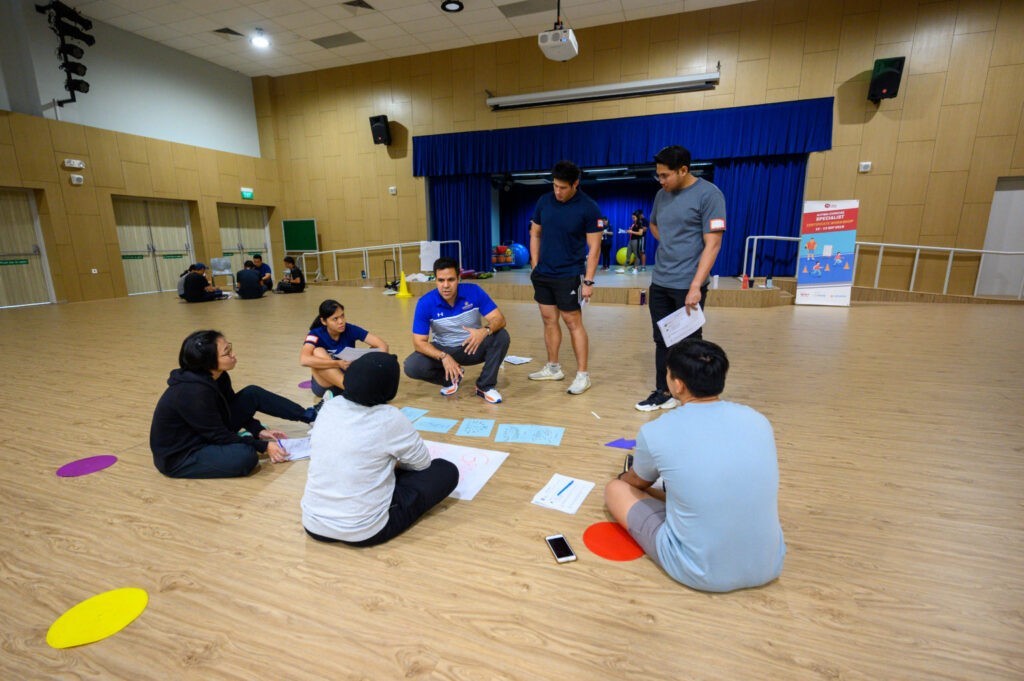
Starting an exercise routine can be a rewarding journey for individuals with autism, but it can also be an overwhelming one. Here are five tips to help create a successful and enjoyable experience:
Research suggests that just 10 minutes of low to moderate intensity exercise can enhance self-regulation in individuals with autism for up to an hour afterward. While the ultimate goal is to reach the standard guideline of 60 minutes of moderate to vigorous exercise daily, it’s important not to set this expectation from the beginning. Instead, take time to foster a positive relationship with exercise and educate the individual on the benefits of physical activity. This approach will greatly increase the likelihood of establishing lifelong exercise habits.

Encourage consistency over perfection.
Celebrate small victories and progress.
Understand that setbacks are normal and part of the learning process.
Safety of the client is of utmost importance, however, over correcting biomechanics and form can reduce the enjoyment of exercise and hinder the development of a sustainable routine. It’s crucial to provide individuals with a “just-right” challenge—encouraging them to do their best while also offering ample opportunities for positive reinforcement. Instead of emphasizing perfect form, focus on fostering a positive relationship with physical activity.
Building a routine that resonates with the individual’s unique preferences not only fosters a sense of enjoyment but also enhances engagement and commitment. By creatively incorporating their interests, such as favorite activities or hobbies, into the exercise plan, you increase the likelihood of them embracing and sustaining the routine. This personalized approach not only boosts motivation but also facilitates the transfer of skills learned during exercise to other areas of life, contributing to overall development and well-being.
There are 28 evidenced-based practices found to be effective in enhancing engagement and on task behaviors for those with autism. To find out more information on how to integrate these practices into your exercise session check out the Autism Exercise Specialist Certificate Course!
Start Earning your Autism Exercise Specialist Certificate today!
Consistency and structure are key to a successful exercise routine for individuals with autism. A predictable schedule helps build habits, while specific, measurable goals track progress and boost motivation. Adapting the environment to minimize distractions ensures focus and comfort. Regular feedback and adjustments based on the individual’s responses keep the routine effective and enjoyable, fostering a supportive and rewarding exercise experience.
By incorporating these tips, individuals with autism can develop a consistent and enjoyable exercise routine that promotes physical and mental well-being.
Let’s Get Moving Together
Schedule a demo with one of our team members and start making a meaningful difference in the lives of the people you serve today.
We use cookies to enhance your experience on our website. By continuing to use our site, you agree to our use of cookies.